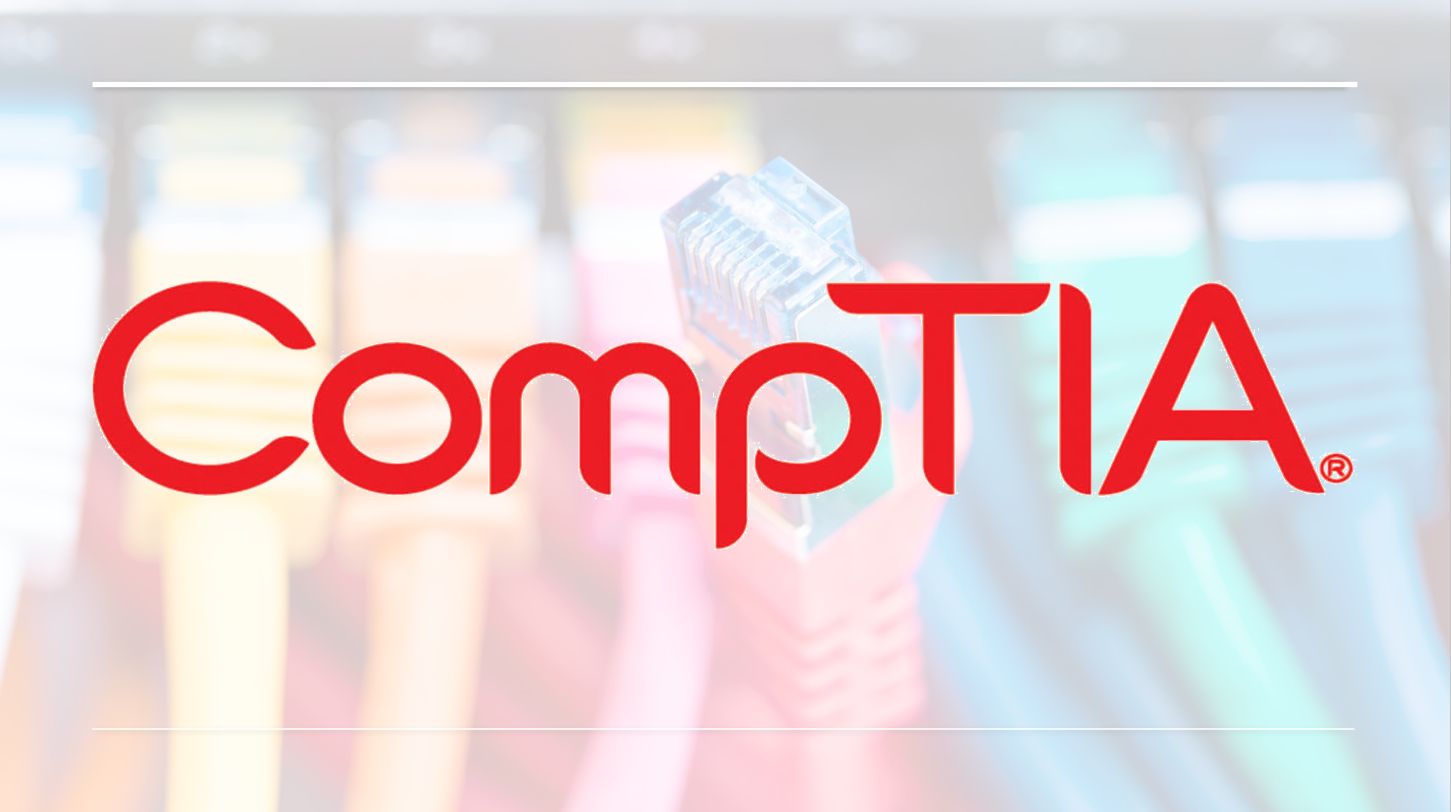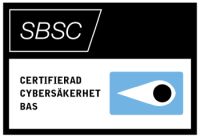Module 1 – Local Area Networks
Topologies and the OSI Model
Key Features of Networks
Network Topologies
The OSI Model
Physical Layer
Data Link Layer
Network Layer
Transport Layer
Upper Layers
OSI Model Summary
Labs – VM Orientation
Ethernet
Transmission Media
Media Access Control
Broadcast Domains
Ethernet Frames
Ethernet Deployment Standards
MAC Addressing
Address Resolution Protocol (ARP)
Packet Sniffers
Labs – Configuring Ethernet Networking
Hubs, Bridges, and Switches
Hubs and Bridges
Switches
Switch Interface Configuration
Spanning Tree Protocol (STP)
Power over Ethernet (PoE)
Infrastructure and Design
Network Infrastructure Implementations
Planning an Enterprise Campus Network
Network Hierarchy and Distributed Switching
Software Defined Networking
Planning a SOHO Network
TCP/IP Protocol Suite
Policies and Best Practices
Procedures and Standards
Safety Procedures
Incident Response Policies
Security and Data Policies
Password Policy
Employee Policies
Module 2 – IP Addressing
Internet Protocol
IPv4
IPv4 Address Structure
Subnet Masks
IP Routing Basics
ipconfig / ifconfig
ICMP and ping
Labs – Configuring IPv4 Networking
IPv4 Addressing
IPv4 Addressing Schemes
Classful Addressing
Public versus Private Addressing
Subnetting and Classless Addressing
Planning an IPv4 Addressing Scheme
Public Internet Addressing
Variable Length Subnet Masks (VLSM)
Labs – Configuring IPv4 Subnets
IPv6 Addressing
IPv6 Address Format
IPv6 Addressing Schemes
IPv6 Address Autoconfiguration
Migrating to IPv6
Labs – Configuring IPv6 Networking
DHCP and APIPA
IPv4 Address Autoconfiguration
Configuring DHCP
DHCPv6
Labs – Configuring Address Autoconfiguration
Module 3 – Internetworking
Routing
Routing Basics
Routing Algorithms and Metrics
Dynamic Routing Protocols
Administrative Distance and Route Redistribution
IPv4 and IPv6 Internet Routing
High Availability Routing
Installing and Configuring Routers
Routing Troubleshooting Tools
Labs – Configuring Routing
TCP and UDP
Transmission Control Protocol (TCP)
User Datagram Protocol (UDP)
TCP and UDP Ports
Port Scanners
Protocol Analyzers
Labs – TCP and Port Scanning
Name Resolution and IPAM
Host Names and FQDNs
Domain Name System
Configuring DNS Servers
Resource Records
Name Resolution Tools
IP Address Management (IPAM)
Labs – Configuring Name Resolution and IPAM
Monitoring and Scanning
Performance Monitoring
Network Monitoring Utilities
Logs and Event Management
Simple Network Management Protocol
Analyzing Performance Metrics
Patch Management
Vulnerability Scanning
Labs – Performance Testing and Monitoring
Network Troubleshooting
Troubleshooting Procedures
Identifying the Problem
Establishing a Probable Cause
Establishing a Plan of Action
Troubleshooting Hardware Failure Issues
Troubleshooting Addressing Issues
Troubleshooting DHCP Issues
Troubleshooting Name Resolution
Troubleshooting Services
Module 4 – Applications and Security
Applications and Services
TCP/IP Services
HTTP and Web Servers
SSL / TLS and HTTPS
Email (SMTP / POP / IMAP)
Voice Services (VoIP and VTC)
Real-time Services Protocols
Quality of Service
Traffic Shaping
Bottlenecks and Load Balancing
Multilayer Switches
Labs – Configuring Application Protocols
Virtualization, SAN, and Cloud Services
Virtualization Technologies
Network Storage Types
Fibre Channel and InfiniBand
iSCSI
Cloud Computing
Configuring Cloud Connectivity
Network Security Design
Security Basics
Common Networking Attacks
Network Segmentation and DMZ
Virtual LANs (VLAN)
VLAN Trunks
Network Address Translation (NAT)
Device and Service Hardening
Honeypots and Penetration Tests
Network Security Appliances
Basic Firewalls
Stateful Firewalls
Deploying a Firewall
Configuring a Firewall
Deploying a Proxy
Intrusion Detection Systems (IDS)
Denial of Service
Labs – Configuring a NAT Firewall
Authentication and Endpoint Security
Authentication and Access Controls
Social Engineering
Authentication Technologies
PKI and Digital Certificates
Local Authentication
RADIUS and TACACS+
Directory Services
Endpoint Security
Network Access Control
Labs – Secure Appliance Administration
Module 5 – Operations and Infrastructure
Network Site Management
Network Cabling Solutions
Distribution Frames
Change and Configuration Management
Network Documentation and Diagrams
Labeling
Physical Security Devices
Business Continuity and Disaster Recovery
Network Link Management
Power Management
Backup Management
Labs – Network Inventory Management
Installing Cabled Networks
Twisted Pair Cable (UTP / STP / ScTP)
Twisted Pair Connectors
Wiring Tools and Techniques
Cable Testing Tools
Troubleshooting Wired Connectivity
Other Copper Cable Types
Fiber Optic Cable and Connectors
Transceivers and Media Converters
Installing Wireless Networks
Wireless Standards (IEEE 802.11)
Wireless Network Topologies
Wireless Site Design
Troubleshooting Wireless Connectivity
Wireless Security
Wi-Fi Authentication
Extensible Authentication Protocol
Troubleshooting Wireless Security
Wireless Controllers
Installing WAN Links
Wide Area Networks (WAN)
Telecommunications Networks
Modern Telecommunications Networks
Local Loop Services
Installing WAN Links
Wireless WAN Services
Internet of Things
Configuring Remote Access
Remote Access Services (RAS)
MPLS and PPP
SIP Trunks
Virtual Private Networks (VPN)
SSL / TLS / DTLS VPNs
IPsec
Internet Key Exchange / ISAKMP
Remote Access Servers
Remote Administration Tools
Managing Network Appliances
Remote File Access
Labs – Configuring Secure Access Channels
– Configuring a Virtual Private Network







Recensioner
Det finns inga recensioner än.